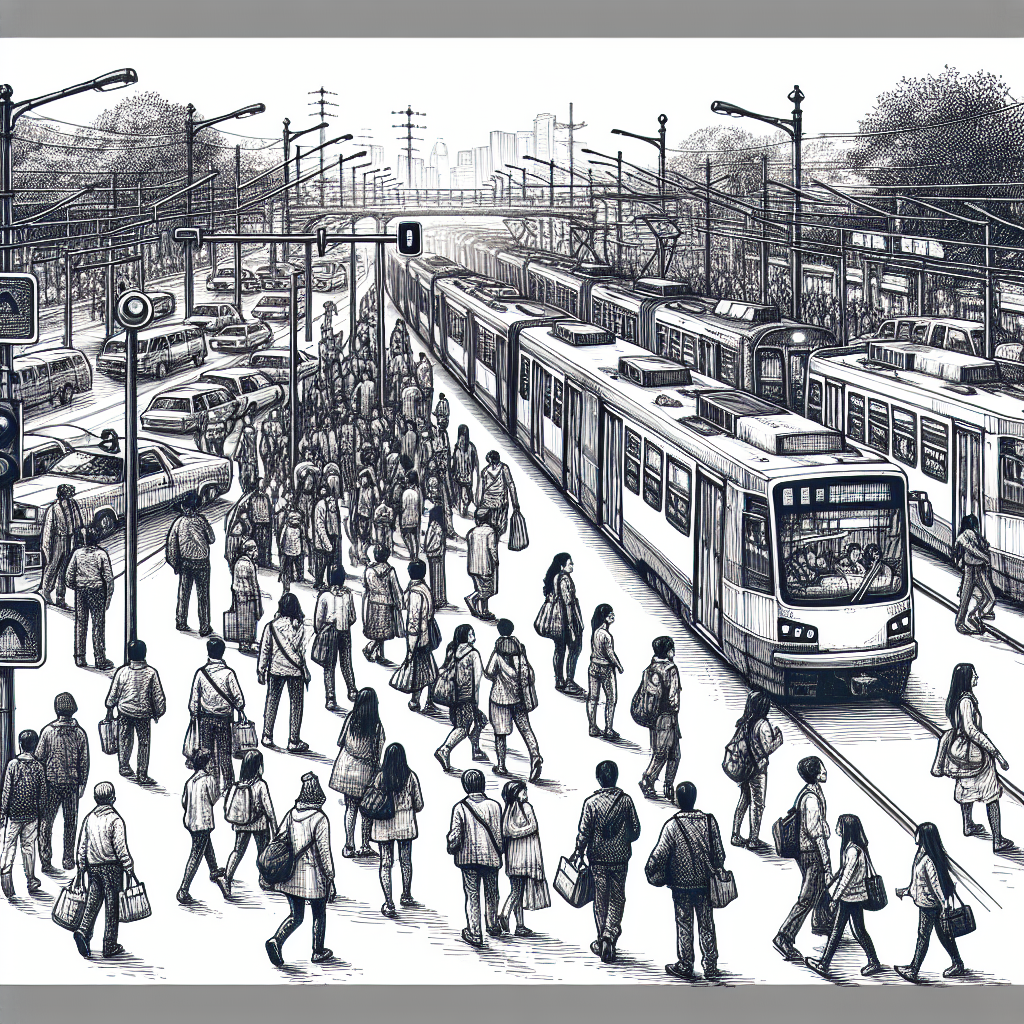Public transit is a vital part of modern urban living. It provides an efficient, cost-effective, and eco-friendly means of transportation for millions of people every day. From buses, trams, and trains to ferries and shared bicycles, public transit systems are crucial to the functioning of any metropolis.
The Benefits of Public Transit
Public transit has numerous benefits, both direct and indirect. On the most basic level, it provides a reliable means of transportation for individuals who may not have access to private vehicles. This is particularly important in densely populated urban centers where owning a car can be prohibitively expensive or impractical due to limited parking.

Beyond mere convenience, public transit also plays a significant role in reducing congestion by allowing more people to travel using less space. A single bus or train can carry many times the number of passengers that a car can, thus reducing the number of vehicles on the road. This, in turn, helps to decrease the amount of time wasted in traffic and improves the overall flow of transportation within a city.
Public transit also has substantial environmental benefits. By reducing the number of cars on the road, it helps to lower carbon emissions and other pollutants associated with private vehicle use. Furthermore, many public transit systems have been making strides toward becoming even more eco-friendly by implementing measures such as electric buses or solar-powered stations.
The Social Impact of Public Transit
Public transit also plays an important role on a societal level. By providing affordable transportation, it supports social mobility and enables access to essential services, jobs, and educational opportunities. This is especially crucial for low-income individuals or families who may not be able to afford a private vehicle.
Public transit also contributes to the development and vitality of communities. It helps to shape urban landscapes by influencing where people live, work, and play.
This has significant implications for everything from economic development to community cohesion.
The Future of Public Transit
Looking ahead, the future of public transit is full of exciting possibilities.
Advancements in technology are paving the way for new modes of transportation and increased efficiency.
For instance, real-time tracking and mobile ticketing are making public transit more convenient and accessible than ever before.
Moreover, future developments in public transit have the potential to revolutionize urban living. Imagine a city where public transportation is not only efficient and reliable but also fully integrated into its urban fabric. This would involve seamlessly connecting various modes of transportation, from trains and buses to bike-sharing programs and pedestrian pathways.
All in all, the importance of public transit in modern urban living cannot be overstated. It provides an essential service that contributes to social mobility, environmental sustainability, and community development. As technology continues to evolve, we can look forward to even more innovative and efficient public transit systems in the future.